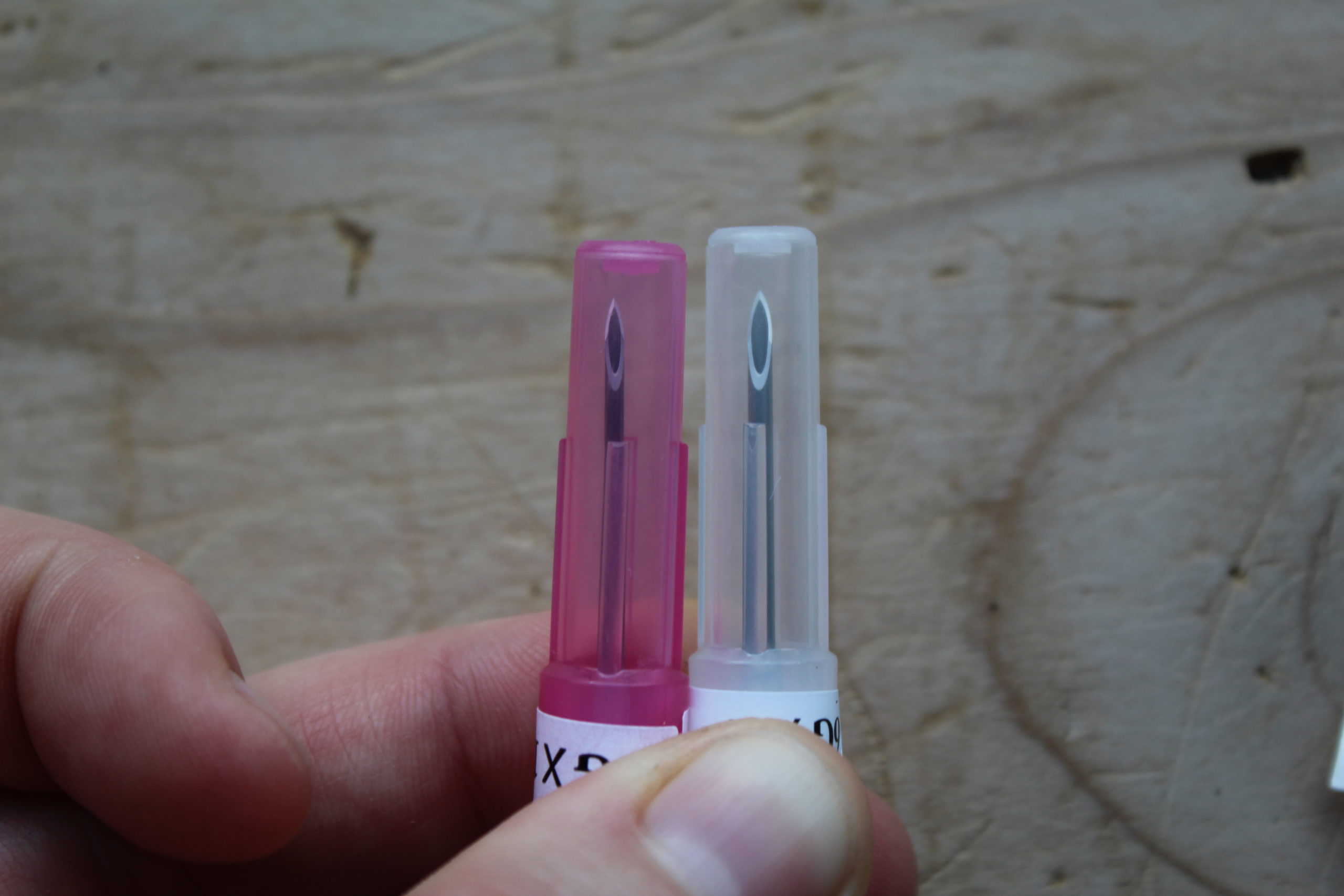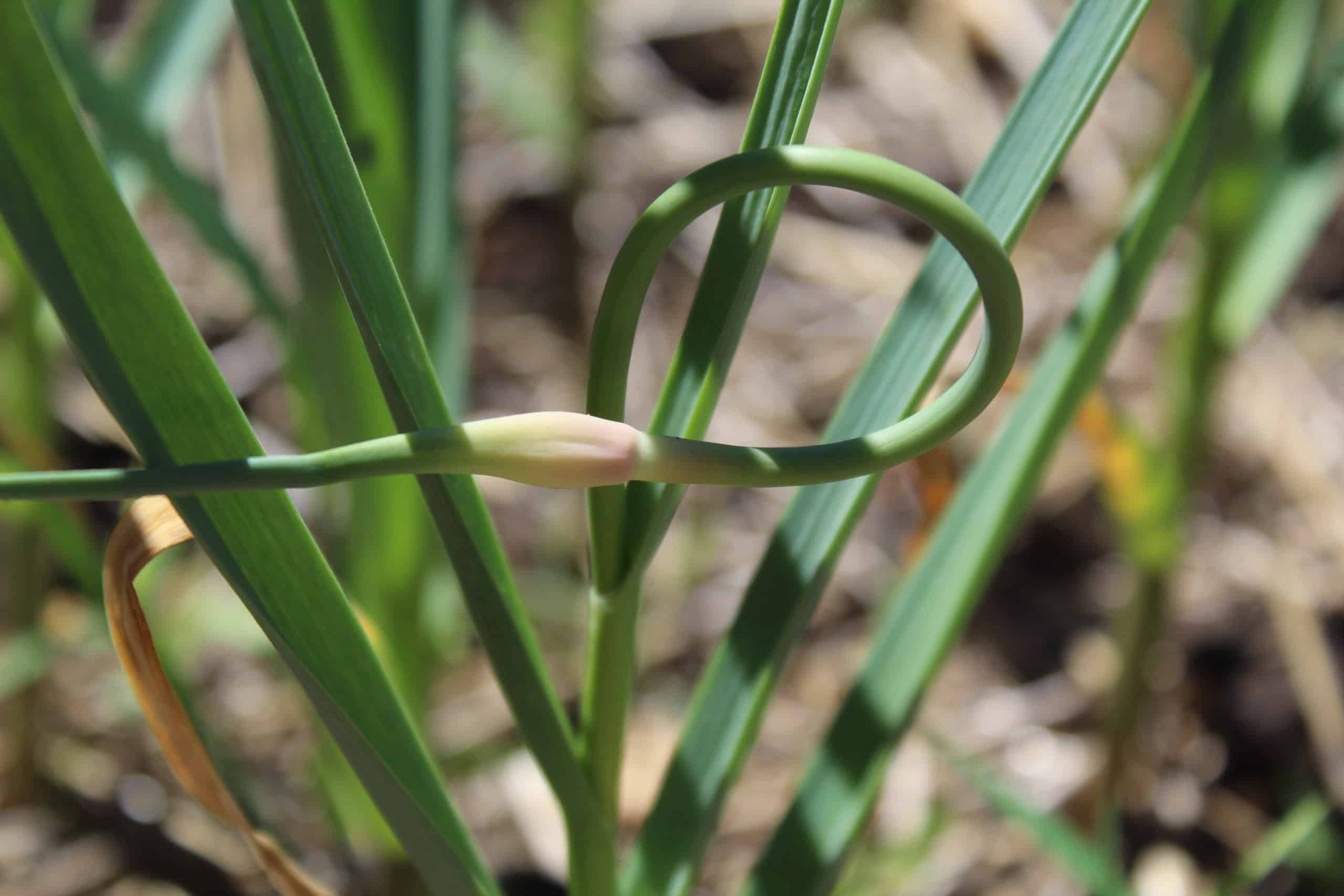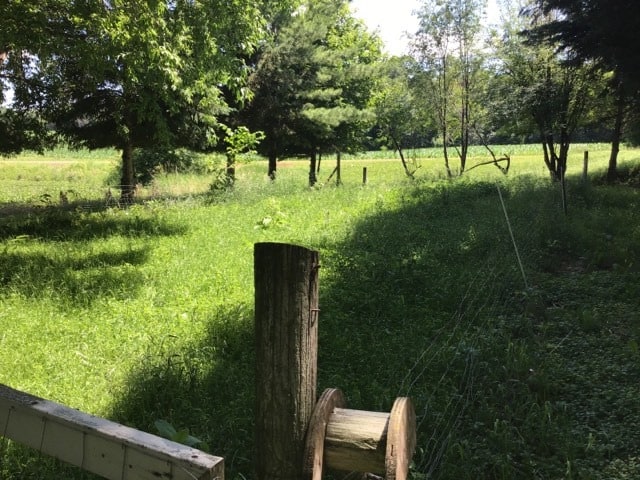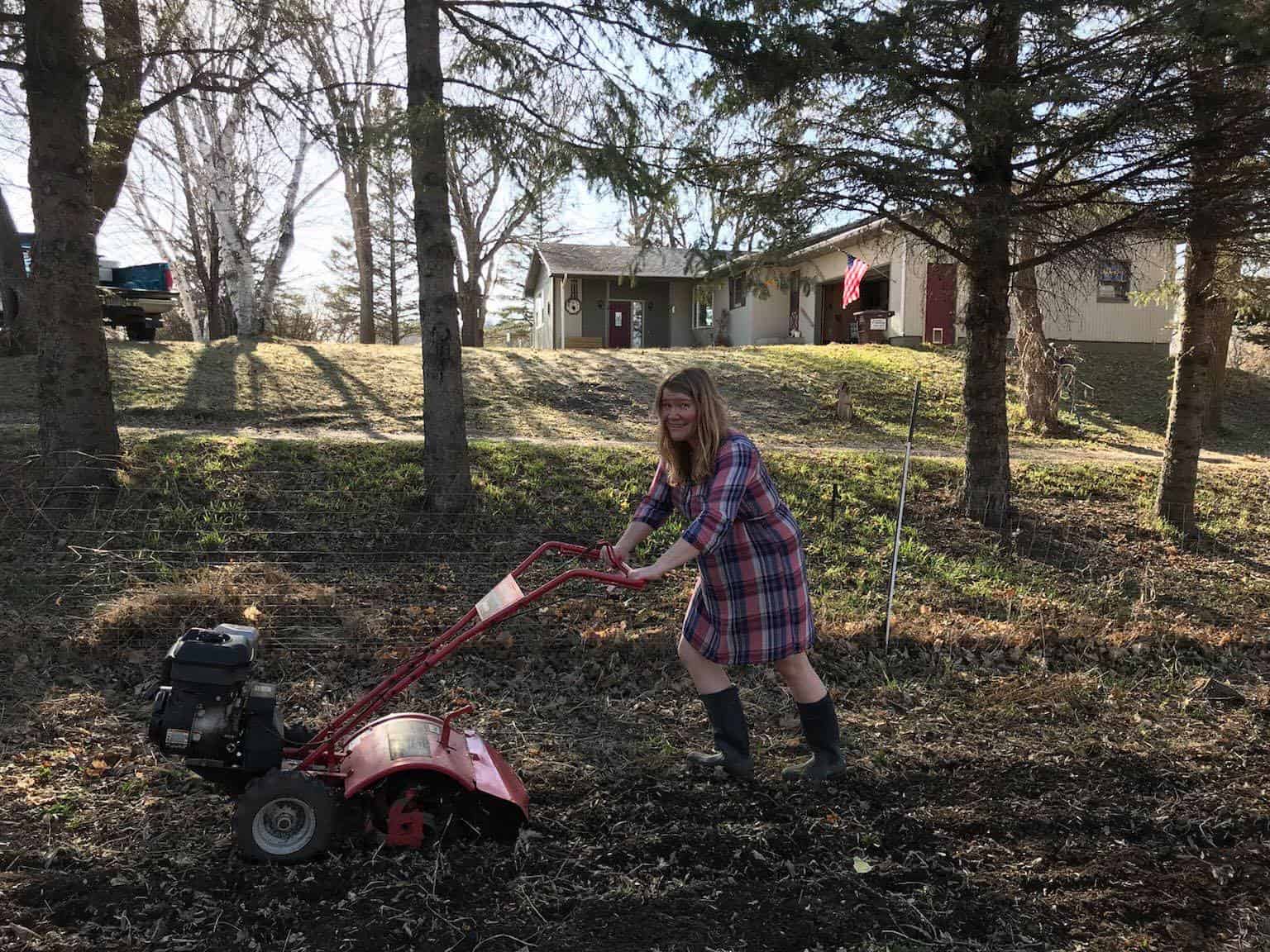Flies and Dehorning Calves
Flies and dehorning calves unfortunately can be an issue. This summer on our farm for the first time we had a pretty nasty fly infestation on our heifer calf. Thankfully with some quick action we were able to manage the problem.
Quick disclaimer! This post includes photos of a healing wound. Reader discretion advised. I am not a veterinarian, just a homesteader. Always consult your veterinarian prior to treating livestock or administering any sort of medical care. Please see my full disclaimer here.
Why Dehorn Calves?
Cows and goats are two animals that often get either disbudded or dehorned. This process can be done by using a paste or a hot round iron.
Some folks don’t dehorn their goats or cows and have no issues whatsoever. We disbud both our goats and our cows for safety reasons.
Safety of other Animals
Horns on a goat or cow can be dangerous for other animals in their herd. Typically I have been advised that if you have one animal with horns, all your animals should have horns, and vice versa.
Even playful activity with one horned animal and a non horned animal can lead to serious injuries.
Safety of Humans
Our cows are incredibly tame, but that doesn’t stop them from tossing their heads around from time to time. Maybe they are reaching back suddenly to get a fly. Or some days they might push and rub their head on you for a scratch and affection. Those horns may not look especially sharp but when they have a thousand pound animal behind them they can very seriously injure a person.
Safety of the Animal
Depending on your fencing and the animal, horns can be a risk to their own health. I have friends who used to leave horns on their goats until one got caught in a fence and was (warning: this is horrible) eaten by coyotes.
Animals prone to escaping or sticking their heads places they shouldn’t are more likely to get caught up.

When should calves be dehorned?
Calves can be disbudded/dehorned from the time they are a few days old up until about eight weeks. You should aim to disbud before any actual horn starts to poke through their skin.
Early spring or in the fall is the best way to avoid flies and dehorning calves.
Are there cows that naturally don’t have horns?
Yes. Cows that naturally don’t have horns are referred to as “polled”. Cows naturally want to have horns so polled genetics are more rare and take time to develop. You can purchase animals with the genetics but they will likely be more expensive and you have to do correct breeding to ensure that genetic trait carries on.
We bred our Jerseys to a polled bull a few times and every time we got horns regardless.
Preventing Fly and Maggot Infestations During Dehorning
Our heifer was born during a blizzard and was a little weak getting started. I wanted to wait until she was about a month old before dehorning/disbudding so she was strong and healthy.
Unfortunately this summer has been MISERABLE with heat. By the time she was a few weeks old we were having 90 degree F days consistently.
The heat and flies didn’t let up all summer and we finally reached a point where she needed to be disbudded before it truly became dehorning, a very painful process for cows.
Ideally, here’s what we would have done to prevent an infestation.
- Dehorn/Disbud in early spring or fall to avoid peak fly season
- Cover the wounds with Liquid Bandage or
- Treat the wounds daily with Screwworm Spray
- Inspect the horns daily

Treating Maggots in Dehorned Calves
Our poor girl should have been treated a day or two earlier. There is no excuse for her poor horn being in as rough as condition as it was. I was keeping an eye on it each day, but it seemed to be healing properly.
Then it had been probably two days since I had done chores. I’m about seven months pregnant at present and so some days my husband is kind enough to look after the animals. He didn’t notice her poor horn situation.
How Maggots Happen
Flies are nasty disgusting creatures and basically they will get into the vulnerable exposed tissue of a freshly disbudded horn and lay eggs. The eggs hatch and will literally eat on the living skin tissues of the cow, burrowing into the flesh. It is horrific.
Cleaning the Wound
If you find a maggot or fly infestation in your cow’s horn, the first thing to do is clean the area. This will be a very uncomfortable if not painful process for your calf so it is best done with them securely tied or a second pair of hands.
I’ve seen a lot of folks recommend using hydrogen peroxide. Personally I went with a strong spray bottle of warm water to blast those nasty things out of there.
Unfortunately the infestation was prolific enough that I also had to use a finger (latex or similar gloves highly recommended here) to fully remove all the maggots from her wound.
Then I sprayed it out again with water until it was clean. Her wound, which should have just been on the surface, was at about 3/4 an inch deep from the maggots.
Next, I applied Screwworm Spray. This stuff requires a minimum of daily reapplication to the areas as it will fade away.

Screwworm spray kills flies and maggots and is designed for wound protection. It is only about $8 a can and will last quite a while. The spray is dyed so you can clearly see if you have sufficiently covered a wound or not.
Continue to apply the screwworm spray daily until the wound is healed and the flies leave it alone.

Follow up with Antibiotics
We typically tend to avoid antibiotics but when it comes to flies and dehorning calves we like to be as thorough as possible. Flies can carry all sorts of nasty bacteria and get it inside the calf’s exposed tissues. My veterinarian friend recommended giving a dose of antibiotics to her, then to follow up with second dose three days later if the wound didn’t seem to be healing up well. It did, thankfully, so she just got the one dose.
I gave our heifer 5ml(cc’s) of LA200 per hundred weight. Our calf is about two hundred pounds so she got 10 ml’s subcutaneously. I was also advised to not dose more than 10mls per injection site. So if she had been a bigger calf, I would have done another injection probably on the other side of her neck.
For more information on giving injections to livestock check out this post. (Link coming on 8/21!)
Have you dealt with flies and dehorning calves? What worked well for you? Let me know in the comments below!
Pin it for Later







